Dogs are more than just pets they’re cherished members of our families. As such, we want to provide them with a comfortable and safe living environment, both indoors and outdoors. One way to ensure your dog’s safety and comfort while allowing them to enjoy the outdoors is by investing in an outdoor dog kennel.
An outdoor dog kennel is a fenced area that is designed specifically for your dog. It’s a place where your dog can play, exercise, and relax while staying safe and secure. In addition to providing a dedicated space for your dog, outdoor dog kennels offer numerous benefits for both you and your furry friend.
One of the main benefits of having an outdoor dog kennel is that it allows your dog to enjoy fresh air and sunlight, which are essential for their physical and mental health. Dogs need regular exercise and exposure to sunlight to maintain their overall well-being. An outdoor dog kennel provides a secure space for them to run and play without the risk of escaping or getting lost.
Another benefit of having an outdoor dog kennel is that it provides your dog with a designated space to do its business, which can make house training easier and more effective. It also helps to keep your yard clean and free of pet waste.
Finally, outdoor dog kennels can give you peace of mind knowing that your dog is safe and secure while you’re away. They can prevent your dog from roaming or getting into dangerous situations, and can also help reduce barking and other destructive behaviors that can be caused by boredom or anxiety.
Types of Outdoor Dog Kennels
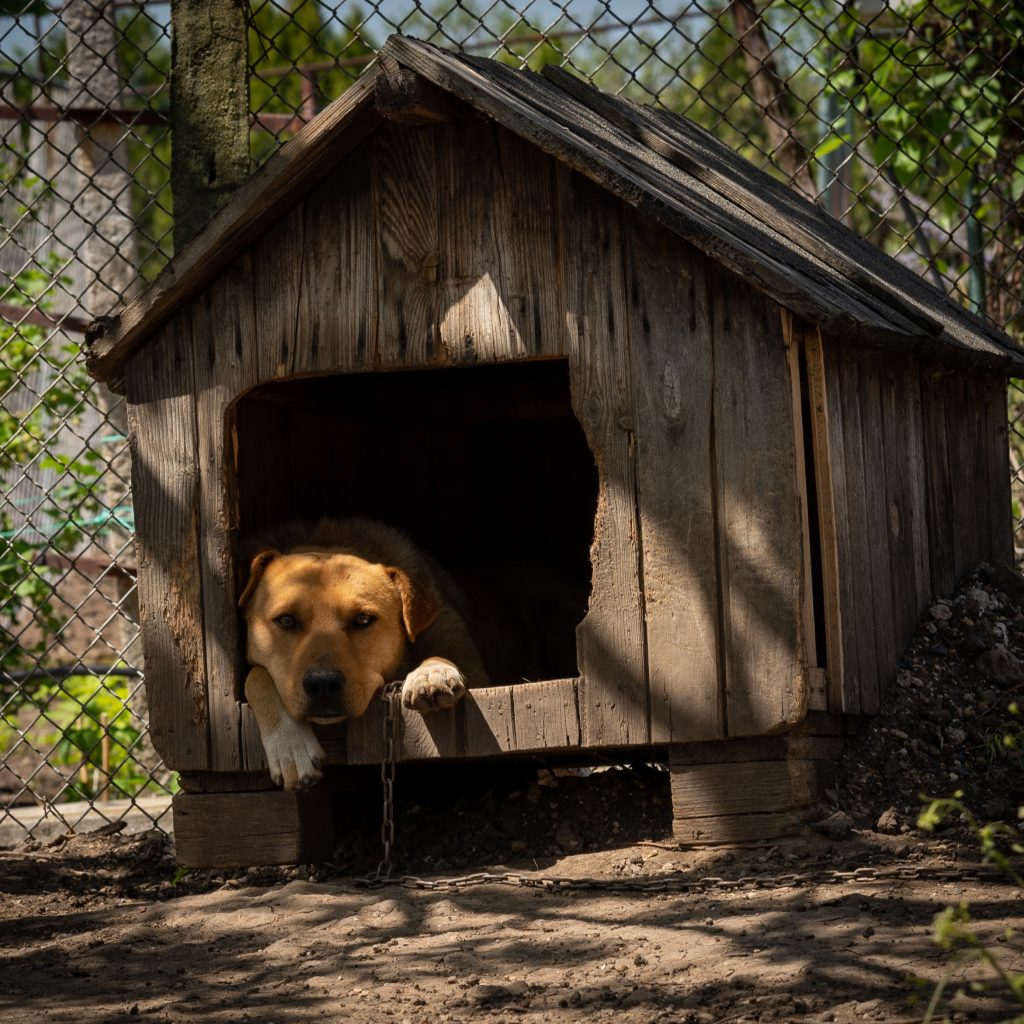
There are several types of outdoor dog kennels available in the market, and each type has its own set of advantages and disadvantages. The following are the most common types of outdoor dog kennels:
- Metal kennels: Metal kennels are a popular choice for outdoor dog kennels due to their durability and strength. These kennels are made of steel or aluminum and can withstand harsh weather conditions. They are also easy to clean and maintain.
- Wooden kennels: Wooden kennels are another popular choice, and they are known for their aesthetic appeal. These kennels can be customized to fit any outdoor space and can be painted or stained to match your home’s exterior. However, wooden kennels require regular maintenance to prevent rot and weather damage.
- Chain-link kennels: Chain-link kennels are a cost-effective option for outdoor dog kennels. They are made of galvanized steel and are designed to resist rust and corrosion. Chain-link kennels are easy to assemble and disassemble, making them ideal for temporary use.
- Portable kennels: Portable kennels are a great option for those who need a kennel that can be moved around easily. These kennels are lightweight and can be folded up for easy storage. Portable kennels are typically made of fabric and can be set up and taken down in minutes.
- Elevated kennels: Elevated kennels are designed to keep your dog off the ground and provide a comfortable, elevated resting place. These kennels are typically made of metal and feature a raised platform with a canopy to protect your dog from the sun and rain.
Factors to consider when choosing an outdoor dog kennel:
When choosing an outdoor dog kennel, there are several factors to consider:
- Size: The size of the kennel should be appropriate for your dog’s size and breed. Your dog should be able to stand up, turn around, and lie down comfortably.
- Material: The material of the kennel should be durable and weather-resistant. Metal and plastic kennels are typically the most durable options.
- Security: The kennel should be secure and able to withstand your dog’s attempts to escape. It should have a lockable door and be made of strong materials.
- Ventilation: The kennel should have good ventilation to ensure that your dog gets enough fresh air. It should also have a roof to protect your dog from the sun and rain.
- Ease of cleaning: The kennel should be easy to clean and maintain. Metal and plastic kennels are typically the easiest to clean, while wooden kennels require more maintenance to prevent rot and weather damage.
Choosing the Right Size Outdoor Dog Kennel
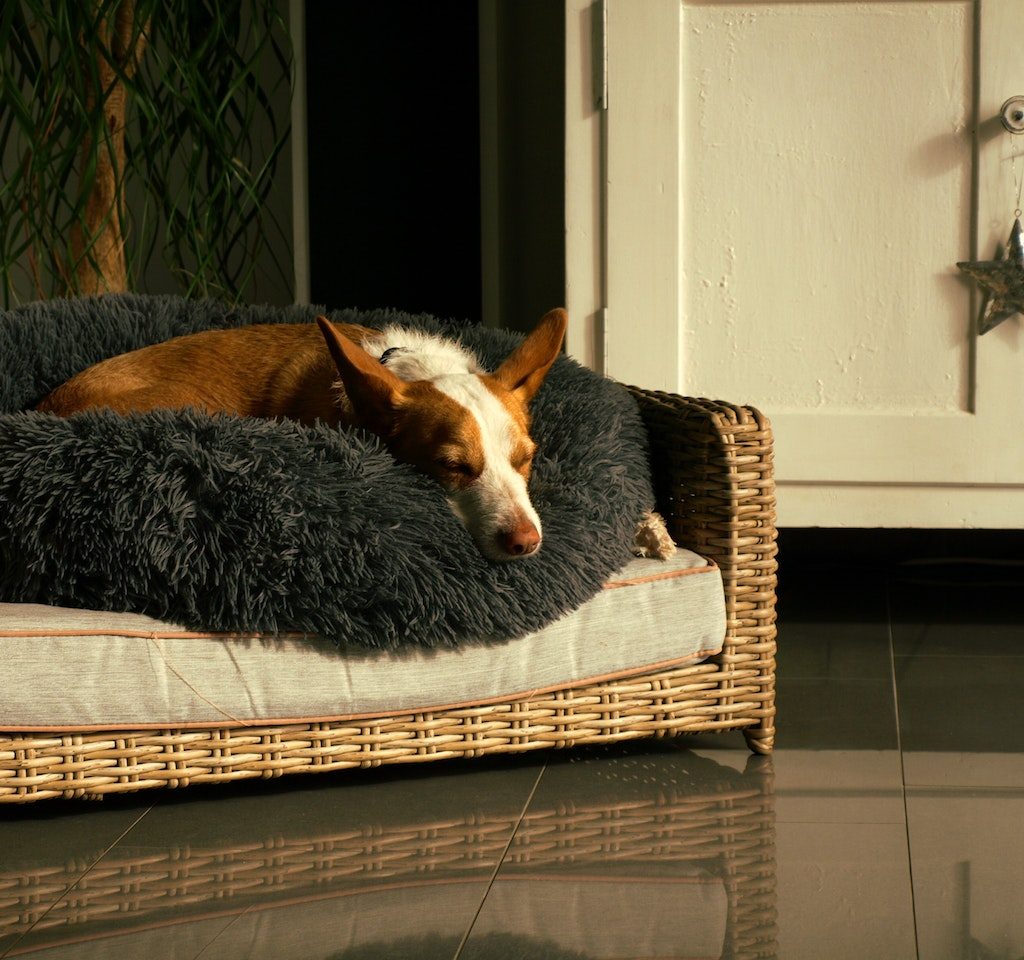
Choosing the right size outdoor dog kennel is crucial to your pet’s comfort and safety. Here are some key points to consider when selecting the right size kennel:
Importance of Choosing the Right Size:
The right size outdoor dog kennel can provide a safe and comfortable environment for your pet, while the wrong size can cause discomfort and potential health issues. A kennel that is too small can cause anxiety and even physical harm, while a kennel that is too large can make your pet feel unsafe or encourage bad habits.
Kennel Sizing Guidelines:
- For Small Dogs: For dogs weighing less than 30 pounds, a kennel with a minimum size of 24 inches wide x 36 inches long x 26 inches high is recommended.
- For Medium Dogs: For dogs weighing between 30 and 70 pounds, a kennel with a minimum size of 36 inches wide x 48 inches long x 32 inches high is recommended.
- For Large Dogs: For dogs weighing over 70 pounds, a kennel with a minimum size of 48 inches wide x 72 inches long x 36 inches high is recommended.
So, choosing the right size outdoor dog kennel is critical to your pet’s well-being. By considering your dog’s size, activity level, length of stay, and age, you can select a kennel that provides the necessary space and comfort for your furry friend. Remember to measure your dog accurately before making any purchases and always opt for a kennel that is larger than the minimum size requirements for your pet.
Designing your Outdoor Dog Kennel

Designing an outdoor dog kennel is not just about creating a safe and comfortable space for your furry friend, it’s also about ensuring that it meets your specific needs as a dog owner. Here are some factors to consider when designing your outdoor dog kennel:
- Size: The size of your outdoor dog kennel should be determined by the size of your dog. It should be large enough for your dog to stand up, lie down, and move around comfortably. In addition, you should consider the amount of time your dog will be spending in the kennel. If your dog will be spending extended periods of time in the kennel, you may want to consider a larger size to provide more space.
- Location: The location of your outdoor dog kennel is also an important factor to consider. It should be situated in an area that is easily accessible, but also provides some level of privacy and protection from the elements. Ideally, the kennel should be located in a shaded area, away from direct sunlight and strong winds. In addition, it should be placed on a level surface to prevent any accidents or injuries.
- Materials: The materials you choose for your outdoor dog kennel will depend on your budget, preferences, and climate. Some popular materials include wood, metal, and chain-link fencing. Wooden kennels are durable and provide a natural look, while metal kennels are sturdy and provide a modern look. Chain-link fencing is affordable and allows for good ventilation. It’s important to choose materials that are weather-resistant and easy to clean.
- Roofing: A well-designed outdoor dog kennel should have a roof to provide shade and protection from the rain. You can choose from a variety of roofing materials such as shingles, metal sheets, or tarps. The roof should be sloped to allow water to drain off and prevent pooling. Additionally, you may want to consider adding insulation to the roof to keep your dog warm in colder months.
By considering these factors when designing your outdoor dog kennel, you can ensure that it meets both your dog’s and your own needs. A well-designed outdoor dog kennel provides a safe and comfortable space for your furry friend to enjoy the outdoors while giving you peace of mind.
Weather-Resistant Outdoor Dog Kennels

One of the most important factors to consider when choosing an outdoor dog kennel is its ability to withstand various weather conditions. A weather-resistant kennel will not only provide your dog with a safe and comfortable living space, but it will also save you money in the long run by requiring less maintenance and repairs.
There are several features that make a kennel weather-resistant:
- Roof: A kennel with a roof will protect your dog from rain, snow, and extreme heat. The roof should be made of durable material, such as metal or heavy-duty canvas, and be designed to prevent water from pooling on top.
- Insulation: Insulated kennels will keep your dog warm in cold weather and cool in hot weather. Insulation materials include foam, polystyrene, and fiberglass.
- Flooring: The flooring of a weather-resistant kennel should be able to withstand moisture and extreme temperatures. Concrete and wood are popular choices for outdoor kennels, but they should be coated with a non-toxic, non-slip sealant to prevent water damage and provide traction.
- Walls: The walls of a weather-resistant kennel should be made of durable material, such as metal or heavy-duty plastic, and be designed to prevent water from seeping in. Some kennels come with removable panels that can be adjusted according to the weather.
Maintenance and Cleaning of Outdoor Dog Kennels
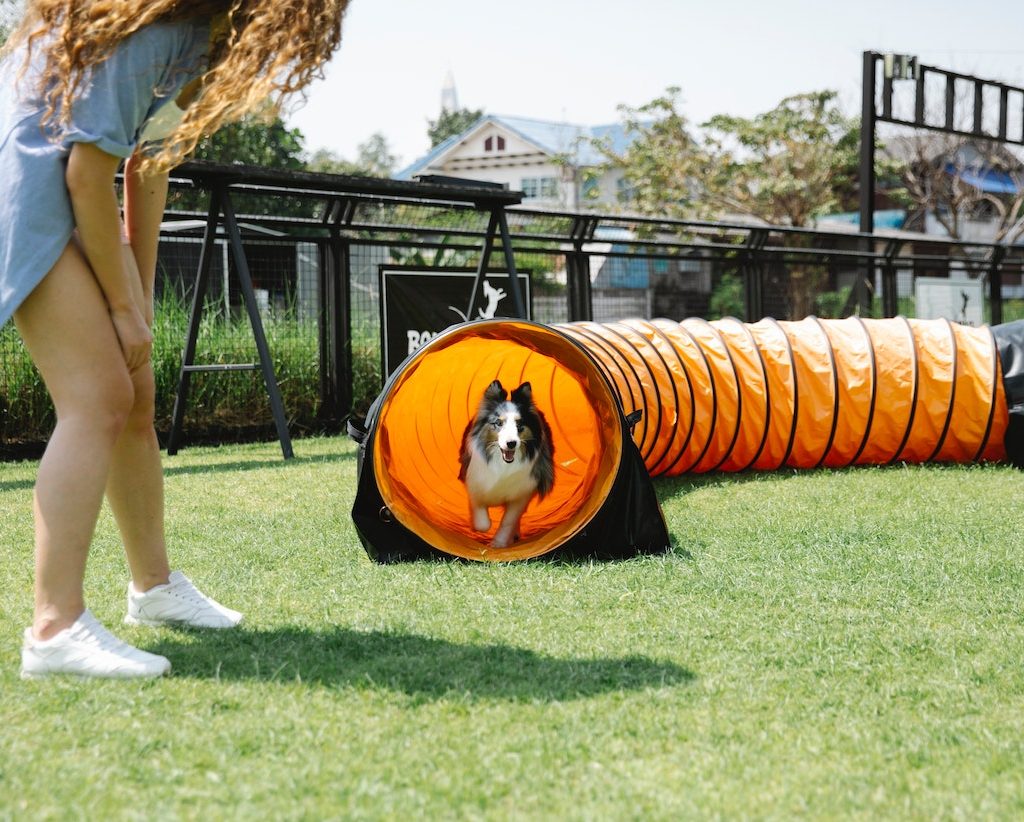
An outdoor dog kennel, just like any other living space, requires regular maintenance and cleaning to ensure the health and safety of your furry friend. Here are some tips on how to maintain and clean your outdoor dog kennel:
- Regular Cleaning: It’s essential to clean your outdoor dog kennel at least once a week. This will help prevent the buildup of bacteria, parasites, and other harmful pathogens that can cause infections or illnesses. Make sure to remove any debris, feces, or uneaten food from the kennel. Use a mild detergent and warm water to scrub the floors, walls, and roof of the kennel thoroughly.
- Deep Cleaning: Deep cleaning is necessary every month to maintain a healthy environment for your dog. It’s recommended to use a pressure washer to rinse the kennel thoroughly. This will help remove any stubborn stains or odors from the kennel. After rinsing, apply a disinfectant spray or solution to kill any remaining bacteria or viruses.
- Pest Control: Outdoor dog kennels are prone to pest infestations, such as fleas, ticks, and mosquitoes. These pests can cause severe health problems for your dog, such as Lyme disease or heartworm. To prevent pest infestations, make sure to use a monthly flea and tick preventive medication, and clean the kennel regularly.
- Structural Maintenance: Regular structural maintenance is essential to ensure the safety and longevity of your outdoor dog kennel. Inspect the kennel regularly for any signs of wear and tear, such as loose or broken parts. Replace any damaged or worn-out parts immediately to prevent any accidents or injuries.
- Protection from Extreme Weather: Extreme weather conditions, such as heavy rain, snow, or wind, can damage your outdoor dog kennel. To protect the kennel from extreme weather, make sure to cover it with a tarp or a roof to prevent rain or snow from entering. Also, make sure the kennel is secure and anchored to the ground to prevent it from being blown away by strong winds.
By following these maintenance and cleaning tips, you can ensure that your outdoor dog kennel remains a safe and healthy living space for your furry friend.
Using Outdoor Dog Kennels for Training and Exercise
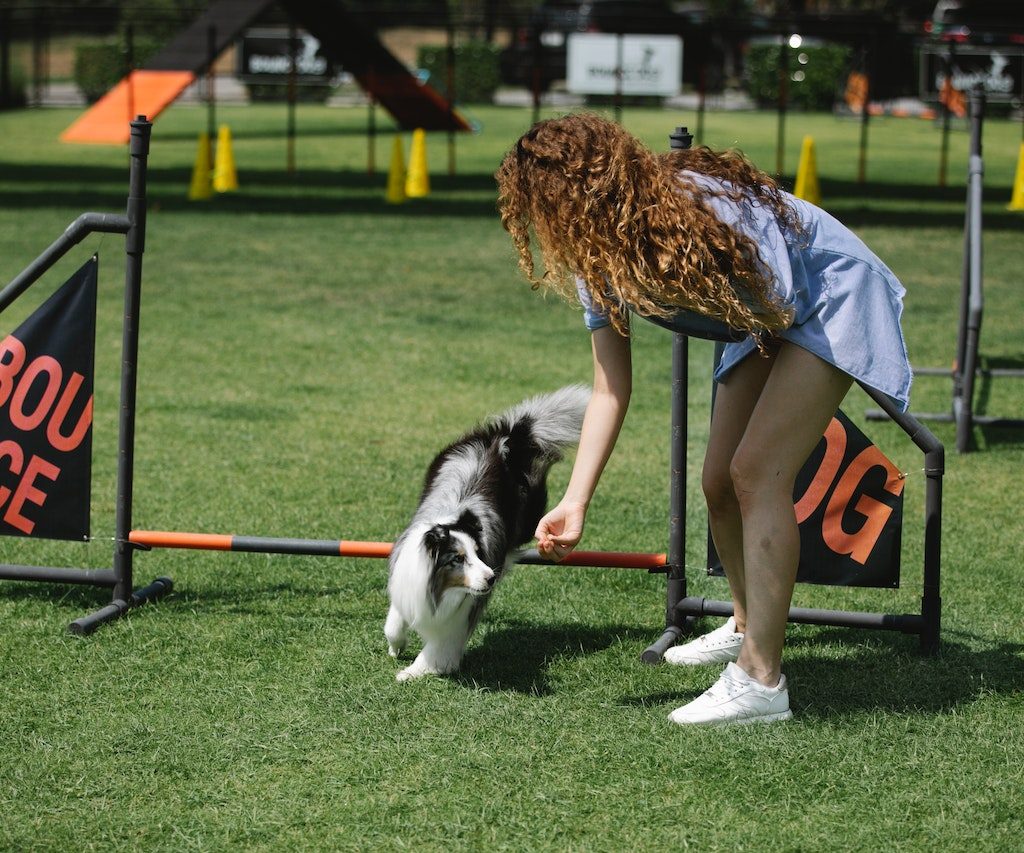
Outdoor dog kennels can be an excellent tool for providing your dog with exercise and training opportunities. By using an outdoor kennel, you can create a safe and controlled environment for your dog to play and learn in. Here are some of the benefits of using an outdoor dog kennel for training and exercise:
- Encourages exercise: Regular exercise is crucial for your dog’s health and well-being. By using an outdoor kennel, you can encourage your dog to run, jump, and play in a safe and secure environment. This can help improve their physical health and reduce the risk of obesity and other health problems.
- Provides mental stimulation: Dogs need mental stimulation as well as physical exercise. By using an outdoor kennel, you can create a stimulating environment for your dog to explore and interact with. This can help prevent boredom and reduce the risk of destructive behaviors such as chewing and digging.
- Supports training: Outdoor kennels can be an effective tool for training your dog. By using a kennel, you can teach your dog to associate certain behaviors with specific areas. For example, you can use the kennel to teach your dog to go to a specific spot to do their business or to wait for a treat.
- Increases socialization: If you have more than one dog, an outdoor kennel can be an excellent way to promote socialization between them. By allowing your dogs to play together in a controlled environment, you can help them build positive relationships and reduce the risk of aggression.
Alternatives to Outdoor Dog Kennels
While outdoor dog kennels are a great option for providing your furry friend with a safe and secure space to spend time in, they may not be the right fit for every situation. Here are some alternatives to consider:
Dog Runs
Dog runs are similar to outdoor dog kennels, but they typically offer more space for your dog to move around in. They can be set up in a fenced-in area or as a standalone unit, and they can be made of various materials, such as metal or chain-link. Dog runs are ideal for dogs who need more space to move around or who have a lot of energy to burn.
Pros:
- Larger space than traditional outdoor dog kennels
- Provides ample space for exercise
- Can be customized to fit your dog’s needs
Cons:
- May require more space than a traditional outdoor dog kennel
- Can be more expensive than traditional outdoor dog kennels
Dog Exercise Pens
Dog exercise pens are portable and offer a great alternative to traditional outdoor dog kennels. They are easy to set up and take down, and they come in a variety of sizes and styles. Exercise pens are great for small or medium-sized dogs that need a safe and secure space to play and exercise.
Pros:
- Portable and easy to set up
- Comes in a variety of sizes and styles
- Offers a safe and secure space for dogs to play and exercise
Cons:
- May not be suitable for larger breeds or dogs with a lot of energy
- May require additional accessories, such as a cover, to protect your dog from the elements
Dog Playpens
Dog playpens are another alternative to outdoor dog kennels that offer a larger space for your dog to play and exercise. They are similar to dog exercise pens but offer more room for your dog to move around in. Playpens can be set up indoors or outdoors, and they come in a variety of materials, such as metal or plastic.
Pros:
- Larger space than traditional outdoor dog kennels
- Can be used indoors or outdoors
- Offers a safe and secure space for dogs to play and exercise
Cons:
- May not be suitable for larger breeds or dogs with a lot of energy
- May require additional accessories, such as a cover, to protect your dog from the elements
Our Final Recommendations
Using an outdoor dog kennel for training and exercise is an effective way to teach your dog good behavior, improve their physical fitness, and prevent destructive habits such as digging, chewing, and barking. However, it is crucial to follow the proper guidelines and precautions when using an outdoor dog kennel for training and exercise, such as providing adequate supervision, water, and shade, and avoiding extreme weather conditions.
Overall, an outdoor dog kennel is a valuable investment that can provide numerous benefits to both you and your furry companion. By following the tips and guidelines in this article, you can create a safe, comfortable, and enjoyable outdoor space for your dog to thrive in.
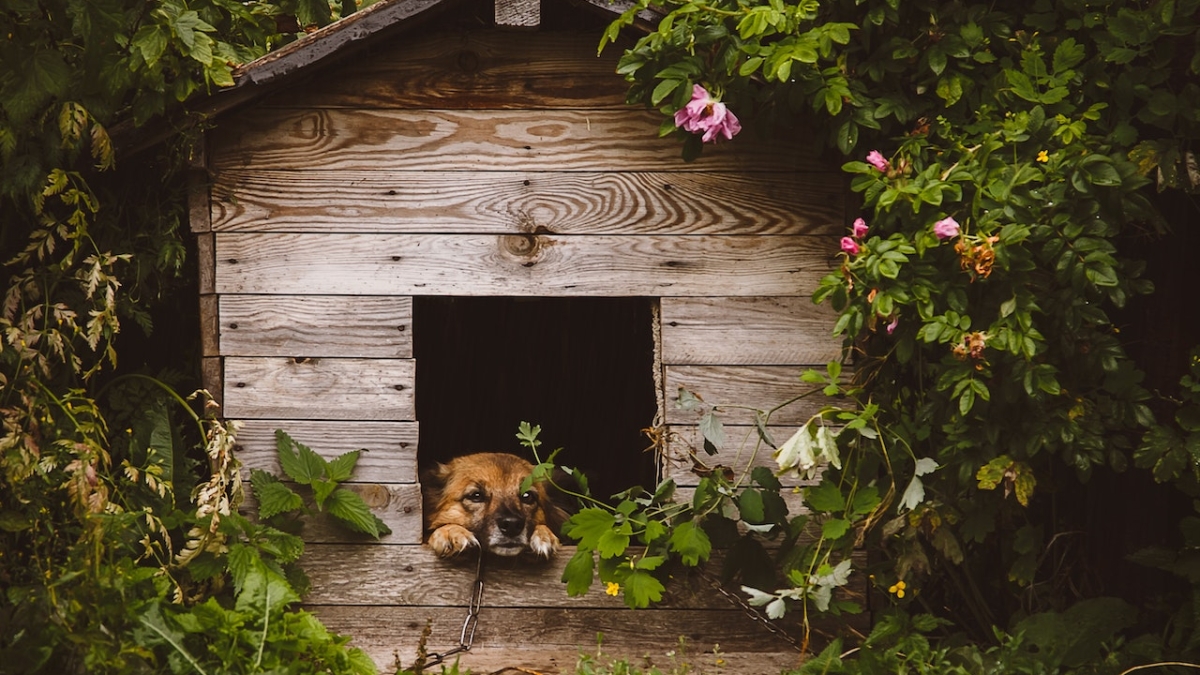
Add a Comment